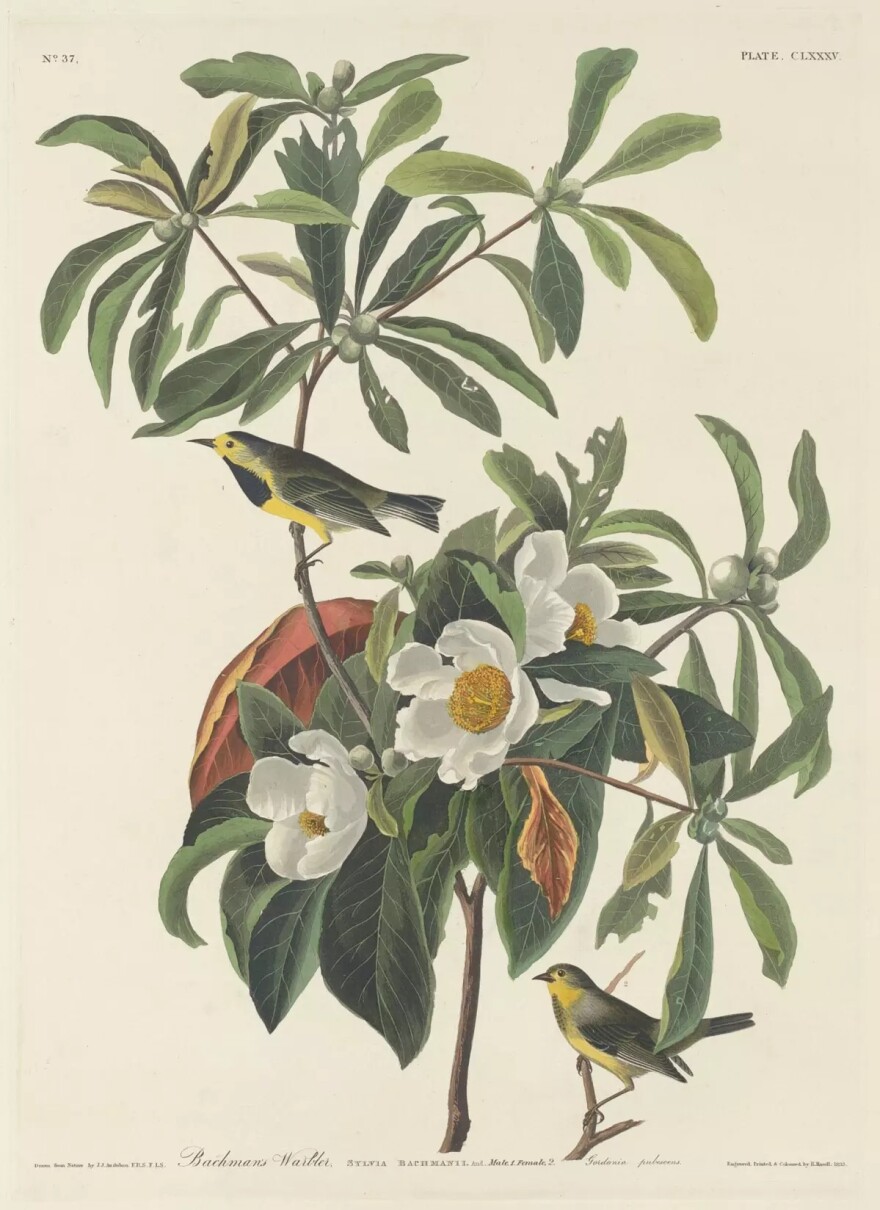Twenty-one species, including birds, a bat and several mussels, have been labeled extinct, the U.S. Fish and Wildlife Service said Monday.
The species were previously on the national list of threatened and endangered species.
The extinct species include:
- Eight Hawaiian honeycreeper birds
- Bridled white-eye bird of Guam
- Mariana fruit bat of Guam
- San Marcos gambusia, a one-inch long fish from Texas
- Scioto madtom, a small catfish found exclusively in the Big Darby Creek in Ohio
- Bachman's warbler, a black and yellow songbird found in several Southern states and Cuba
- Eight freshwater mussels: the flat pigtoe, green-blossom pearly mussel, southern acornshell, stirrupshell, tubercled-blossom pearly mussel, turgid-blossom pearly mussel, upland combshell and yellow-blossom pearly mussel
"Our determinations of whether the best available information indicates that a species is extinct included an analysis of the following criteria: detectability of the species, adequacy of survey efforts, and time since last detection," the U.S. Fish and Wildlife Service said.
The U.S. Fish and Wildlife first proposed the species be taken off the endangered and threatened list in 2021, as they had not been seen since as early as 1899 and as late as 2004.
There are now 650 species that have gone extinct in the U.S., according to the Center for Biological Diversity, which says factors such as climate change, pollution and invasive species contribute to species loss.
Between 2004 and 2022, climate change effects contributed to 39% of amphibian species moving closer to extinction. About 3 billion birds have been decimated in North America since 1970, Fish and Wildlife said.
Still, 99% of the animals on the endangered and threatened list have not reached extinction. Fifty-four have been taken off the list due to recovery efforts, while 56 have been downgraded from endangered to threatened, Fish and Wildlife said.
"Federal protection came too late to reverse these species' decline, and it's a wake-up call on the importance of conserving imperiled species before it's too late," Fish and Wildlife Director Martha Williams said. "As we commemorate 50 years of the Endangered Species Act this year, we are reminded of the Act's purpose to be a safety net that stops the journey toward extinction. The ultimate goal is to recover these species, so they no longer need the Act's protection."
The Hawaiian honeycreepers are now extinct due to their forest habitat being cut down for development and agriculture. Mosquitoes, which are not native to Hawaii, also spread avian pox and avian malaria.
Other Hawaiian birds, such as the 'akikiki, are also on the brink of extinction, with as little as five known pairs in the wild, the Center for Biological Diversity said.
According to the Center for Biological Diversity, the Bachman's warbler was also lost to habitat destruction and the bridled white-eye and Mariana fruit bat was lost to an invasive brown tree snake.
The Mariana fruit bat was also compromised by agriculture and overconsumption as food. The San Marcos gambusia suffered from water overuse that impacted groundwater supply and spring flow. The scioto madtom was lost to runoff and silt buildup from dams.
Copyright 2023 NPR. To see more, visit https://www.npr.org.












